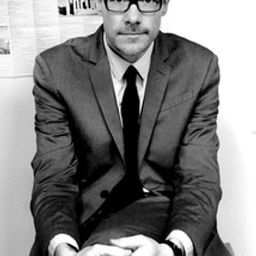Posters
My Session Status
Sub Sessions
Nepal has remained a land of diverse peoples and cultures comprising more than one hundred ethnic and caste groups and 92 different languages. Each ethnic and caste group has its own common culture. Kathmandu, the capital city of Nepal, is one of these multi-ethnic (both in language and culture) ancient places. Dozens of monuments that date back thousands of years are located in the Kathmandu Valley. All of the heritage sites have to a certain degree been affected by devastating earthquake...
I intend to present and discuss the project “Whose History?” and the Heritage Academy at the University of Gothenburg. The project “Whose History” was conducted during 2013 in a small rural municipality on the west coast of Sweden. Its aim was to introduce migrant youths to a local cultural heritage. Immigrants in general, particularly migrant youths, are underrepresented among participants of local heritage practices. The underlying reason for this lack of representation is probably an im...
Ancestral temples (or ancestral halls 祠堂), which were historically spread all over China, are given increasingly more attention nowadays. Some dilapidated or abandoned temples have been renovated and reconstructed by local governments (instead of by families as in olden times) and then became tourism resources. However, it should be noted that the emergence of ancestral temples in Chinese history was related to the system of sacrifice. In that system, only an aristocratic family had the ri...
With the acceleration of modernization and globalization came urban crowding in big cities as well as devitalization and social marginalization in rural areas and small-sized cities. This condition is extremely severe in Japan, where the size and age composition of the population have been amplified and imbalanced for a long time. In order to deal with this situation, authorities—from the central government to local communities—have been trying hard to encourage individuals to integrate in...
What do nuclear waste disposal, built heritage conservation, endangered language preservation, museum collecting, and the curation of family heirlooms have in common? “Heritage Futures” is a large, collaborative research project funded by a UK Arts and Humanities Research Council Large Grant, and supported additionally by its host universities and twenty-one academic and non-academic partner organizations. Our team of twelve academic researchers is carrying out ambitious interdisciplinary ...
Trauma gains a cultural significance when it happens at a collective level. It is not “the result of a group experiencing pain,” but “the result of this acute discomfort entering into the core of the collectivity’s sense of its own identity.” Trauma is not intangible; it is embodied by and inscribed in place. The physicality of a location enables people to “relate trauma to a physical space, interact with it, and commemorate at it.” Trauma analysis based on place has been focused on “the g...


